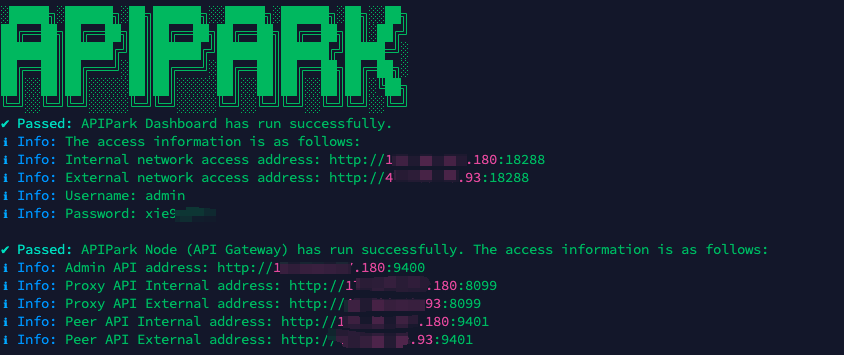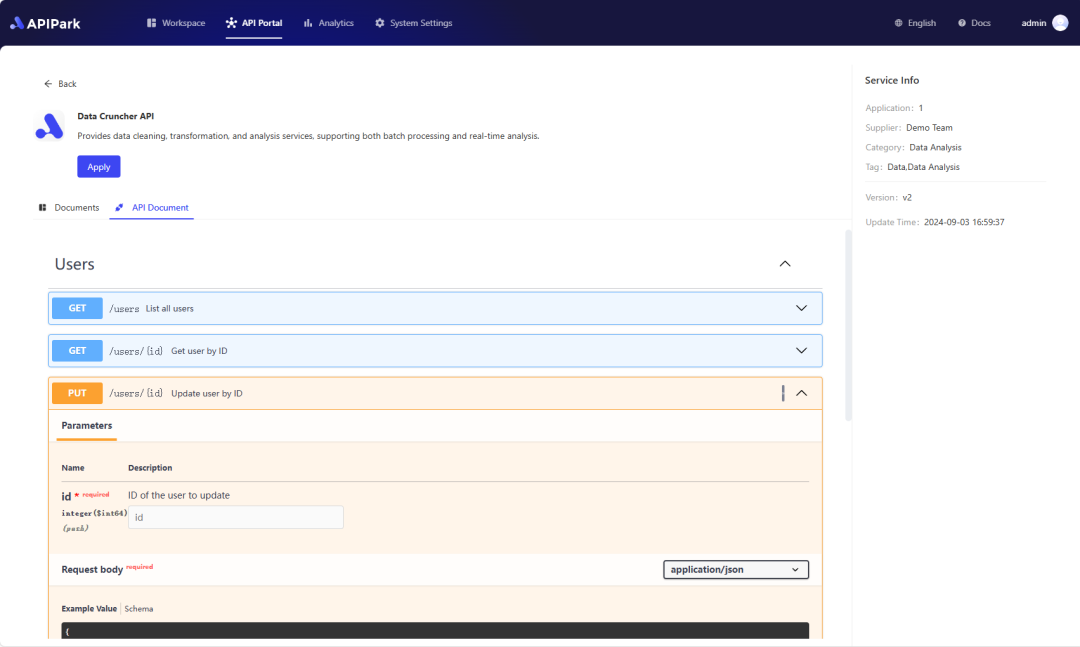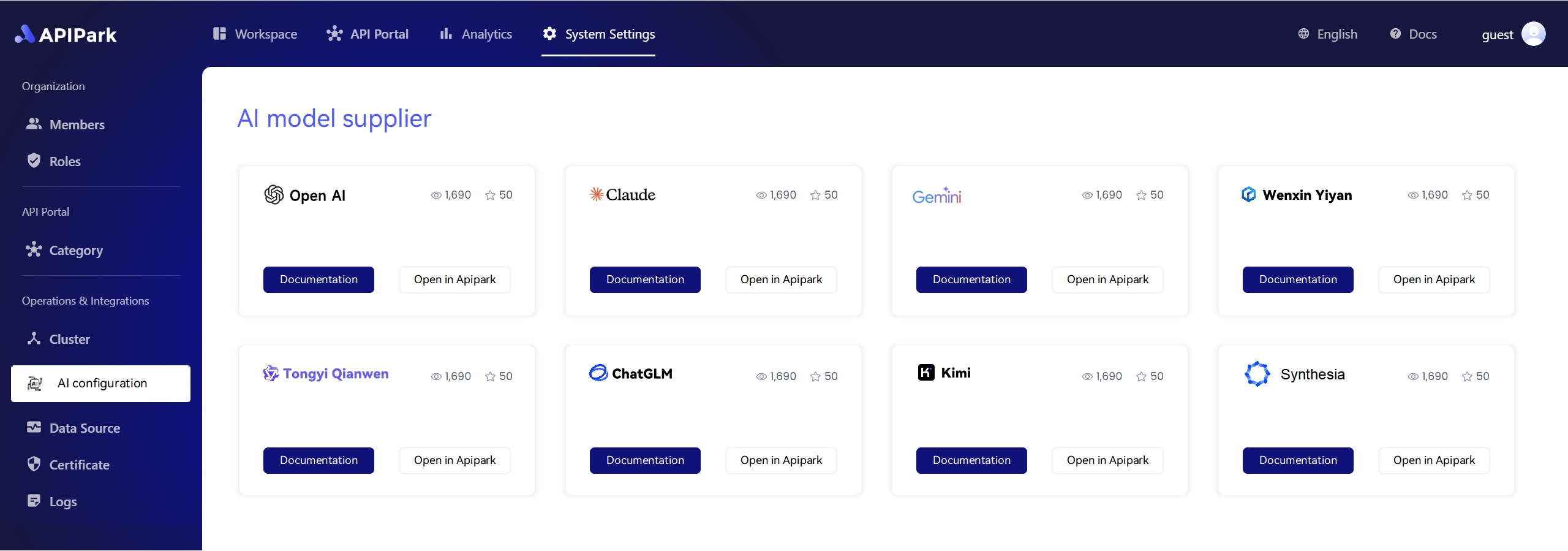In the ever-evolving landscape of software development, APIs (Application Programming Interfaces) have emerged as indispensable elements that facilitate communication between different software applications. Understanding how to properly format API requests, especially when it comes to headers, is crucial in successfully leveraging APIs for various functionalities such as AI services, financial applications like Wealthsimple, and LLM (Large Language Model) Proxies. This article delves into the concept of API requests with a specific focus on where to place headers, underscoring their importance in ensuring AI security and streamlined API management.
Introduction to API Requests
Before we dive into the specifics of headers, let’s first elucidate what an API request entails. An API request is a message sent from a client to a server, asking the server to perform a specific action or provide data. This request typically includes several components: the HTTP method (GET, POST, PUT, DELETE), the request URL, headers, and sometimes a body containing additional data.
Key Components of an API Request
- HTTP Method: This specifies the action desired. For example:
- GET: Retrieve data from the server.
- POST: Send new data to the server.
- PUT: Update existing data.
-
DELETE: Remove data.
-
Request URL: This indicates the endpoint being contacted.
-
Headers: These are key-value pairs sent along with the request to provide additional context or information to the server.
-
Body: Especially relevant for POST and PUT requests, this section contains the data being sent to the server.
The Importance of Headers in API Requests
Headers contain essential metadata about the request, such as content type, authorization credentials, and information about the client. Understanding where and how to use headers is vital for multiple reasons:
-
Security: Properly adding authentication tokens in headers ensures that unauthorized users cannot access sensitive information. In AI services dealing with data and transactions, like Wealthsimple LLM Gateway, security is paramount.
-
Information Conveyance: Headers facilitate communication of important details to the server, such as whether the client can accept JSON or XML responses.
-
API Versioning: Headers can specify which version of the API the client is requesting, aiding in the smooth transition between different API versions.
Where Do We Write Headers in API Requests?
In the context of API requests, headers are typically placed after the request line (which includes the HTTP method and URL) and before the body of the request. The placement and format of headers are crucial, as they inform the server how to interpret the incoming request.
Common Header Types
- Authorization Header: Used to pass authentication tokens.
plaintext
Authorization: Bearer <token>
- Content-Type Header: Indicates the format of the data being sent in the request body.
plaintext
Content-Type: application/json
- Accept Header: Tells the server what kind of responses the client is expecting.
plaintext
Accept: application/json
Example of an API Request with Headers
Let’s illustrate the placement of headers in a complete API request using the curl command:
curl --location 'http://api.example.com/resource' \
--header 'Content-Type: application/json' \
--header 'Authorization: Bearer <your_token>' \
--data '{
"key1": "value1",
"key2": "value2"
}'
In this example:
– The GET or POST method initially informs the type of request being made.
– The URL points to the specific endpoint.
– The headers are included to provide the necessary context for the request.
– Finally, the data being sent to the server is placed in the body as required.
API Security: An Integral Focus
Incorporating proper header management is essential for maintaining AI security within APIs. As more services utilize AI technologies, such as the Wealthsimple LLM Gateway, acknowledging the importance of secure API practices becomes even more crucial.
AI Security with API Headers
The inclusion of secure headers not only protects sensitive data but also adds layers of security that can deter unauthorized access and manipulation. Specifically, consider implementing the following practices within your API:
-
Use HTTPS: Always ensure that your API communicates over HTTPS to encrypt the data being transmitted.
-
Validate Request Headers: Review incoming headers on the server-side to ensure they meet expected criteria before proceeding with further processing.
-
Limit Header Exposure: Avoid sending unnecessary headers that may disclose sensitive information about your API or server.
API Upstream Management with Headers
In the context of API upstream management, headers play a significant role in the smooth functioning of API services. Upstream management refers to overseeing the API requests made to various services or applications, ensuring they are valid, processed, and forwarded appropriately.
Key Benefits of Effective Header Management in APIs
-
Load Balancing: Correctly formatted headers can aid in load balancing across servers by including metadata regarding the request.
-
Rate Limiting: Headers can help enforce rate limits by including counters to prevent API abuse.
-
Logging and Monitoring: When processing requests, headers can provide crucial insights about usage patterns and anomalies for monitoring performance.
Implementing Good Practices for API Headers
To maximize the benefits of headers in API requests, consider the following best practices:
| Best Practice | Description |
|---|---|
| Use Standard Header Fields | Adhere to widely accepted standards for header fields. |
| Avoid Sensitive Information | Do not include sensitive data in headers. |
| Structure Custom Headers Well | If custom headers are necessary, name them clearly. |
| Document Headers | Clearly document expected headers for API consumers. |
Conclusion
Understanding where and how to write headers in API requests is not just a technical necessity; it’s a stepping stone to achieving robust application interactions and ensuring data security, particularly in sensitive areas like AI services. As frameworks like Wealthsimple LLM Gateway and LLM Proxy manage complex data transactions, appreciating the foundational role of well-executed API headers will only enhance overall application reliability and user trust.
Incorporating the concepts discussed henceforth can substantially strengthen your API’s operational integrity and security framework, fostering a smooth and efficient interaction between your applications.
APIPark is a high-performance AI gateway that allows you to securely access the most comprehensive LLM APIs globally on the APIPark platform, including OpenAI, Anthropic, Mistral, Llama2, Google Gemini, and more.Try APIPark now! 👇👇👇
Code Example: API Request with Headers
To further illustrate the topic, here’s a simple code snippet that demonstrates making an API request while handling headers effectively:
import requests
url = "http://api.yourservice.com/resource"
headers = {
"Content-Type": "application/json",
"Authorization": "Bearer your_token"
}
data = {
"key1": "value1",
"key2": "value2"
}
response = requests.post(url, headers=headers, json=data)
print(response.status_code)
print(response.json())
In this Python example, the requests library facilitates sending an HTTP POST request with headers that appropriately identify the content type and include an authorization token. The flexibility of this library makes it an excellent choice for handling API requests in a clear and concise manner.
Utilizing solid header management practices not only enhances the developers’ ability to debug issues but also strengthens the overall security of applications, making it less susceptible to common vulnerabilities. By mastering where and how to write headers in your API requests, you’re positioning yourself for greater success in the world of API development and integration.
🚀You can securely and efficiently call the Gemini API on APIPark in just two steps:
Step 1: Deploy the APIPark AI gateway in 5 minutes.
APIPark is developed based on Golang, offering strong product performance and low development and maintenance costs. You can deploy APIPark with a single command line.
curl -sSO https://download.apipark.com/install/quick-start.sh; bash quick-start.sh

In my experience, you can see the successful deployment interface within 5 to 10 minutes. Then, you can log in to APIPark using your account.

Step 2: Call the Gemini API.
